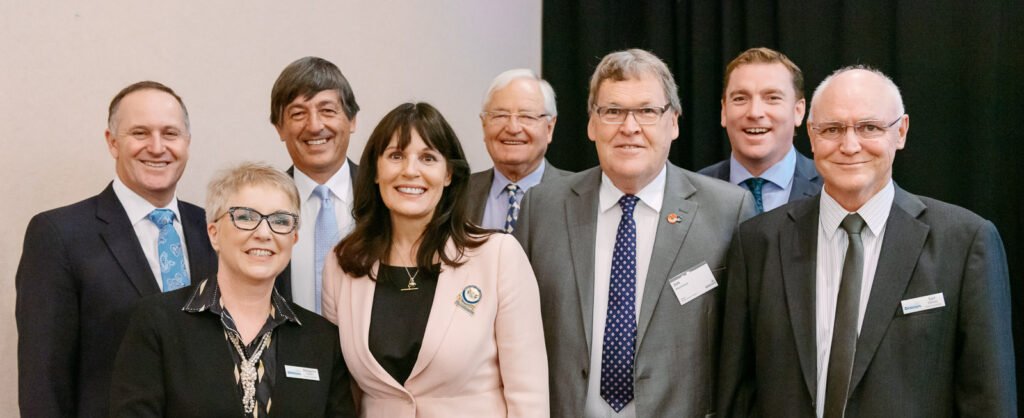Essential Photography Every Writer Needs
Even as a writer—someone whose craft is all about words—your visuals still matter.
The truth is, before anyone reads a word on your website or book cover, proposal etc, they make a split-second judgment based on what they see. If you’re a professional writer, author, or content creator, the right photography isn’t a luxury—it’s a strategic tool.
Here’s an overview of the blog post…
1. A great writer’s portrait
This is your digital handshake. Whether someone’s browsing your website, reading your bio on LinkedIn, or seeing you featured in a guest article, your portrait sets the tone.
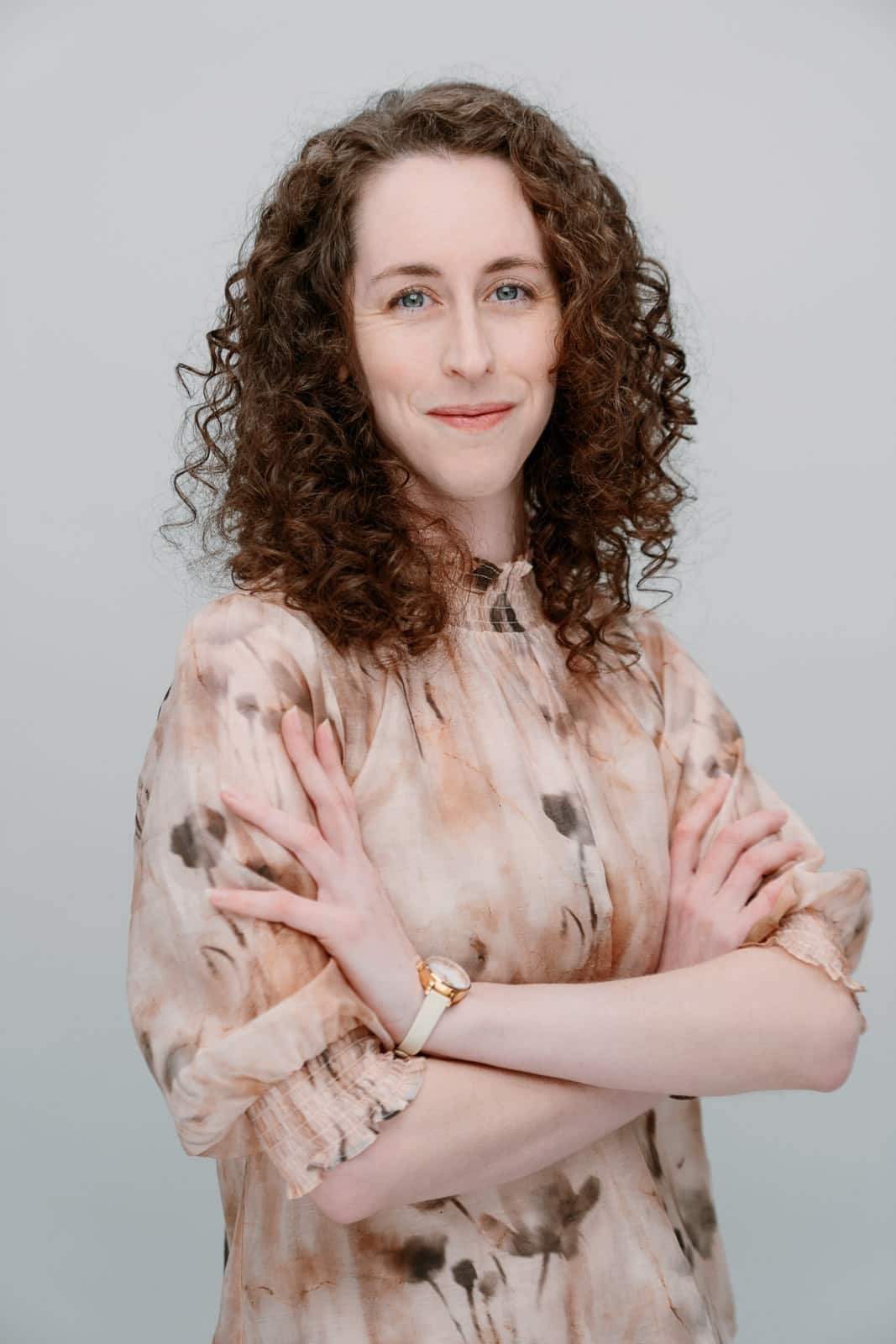

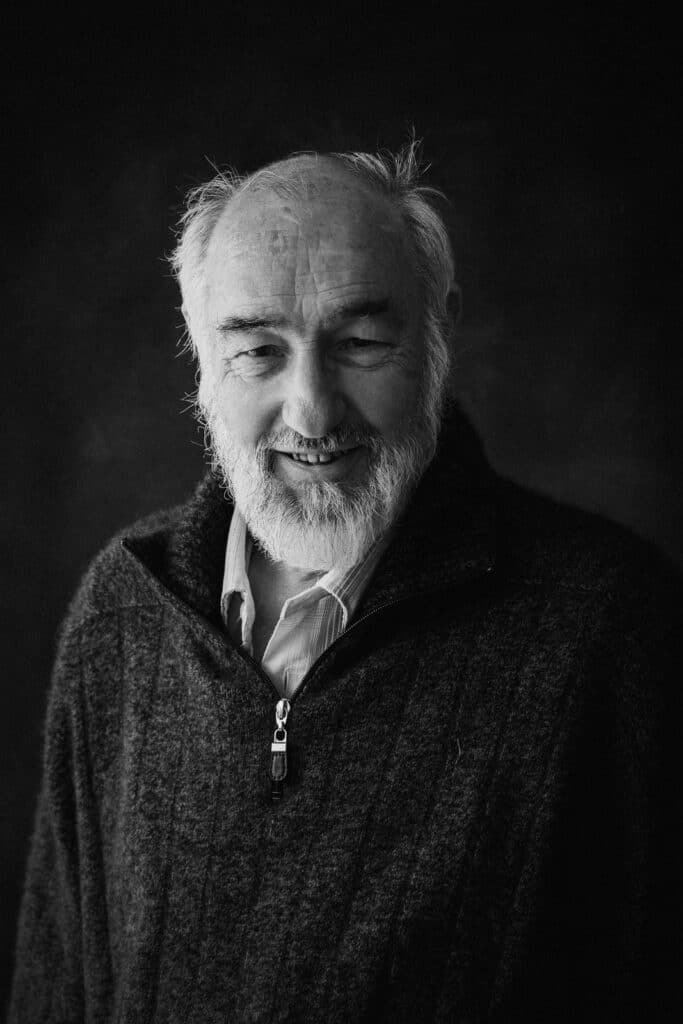
Tips:
- Make sure it feels like you, but polished and professional.
- Choose clothing and a background that fits your genre or tone.
- Update it every few years—it should reflect how you currently show up.
Where to use it:
Your website, social media profiles, speaker bios, book covers, interviews, and email signature.
2. Natural, lifestyle-based shots
These are more relaxed and candid-style photos—writing at a desk, working in a cafe, reviewing laptop drafts, and reading. They help potential readers or clients feel like they’re getting a glimpse behind the scenes.


Why it works:
People connect with people. These kinds of images make you approachable and human, not just a headshot.
Where to use it:
Instagram posts, blog headers, newsletters, and the “About Me” page on the website.
3. Detail shots that tell a story
Think of these as visual metaphors. Your notebook. A stack of drafts. A steaming mug beside a laptop. These small details help build your visual brand.

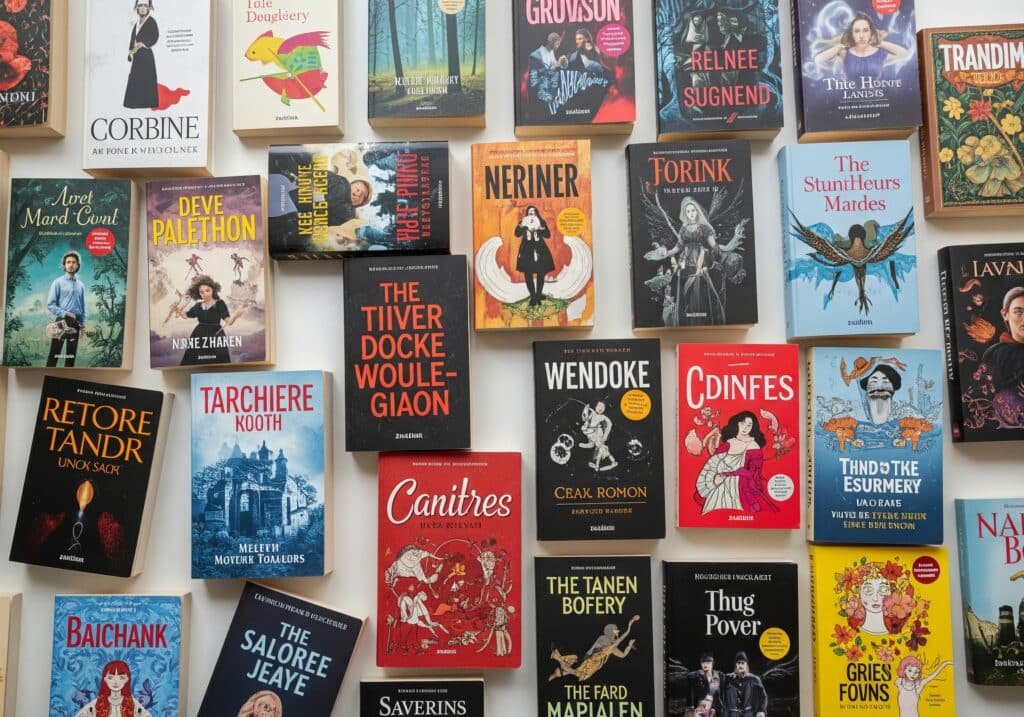
Why it works:
They’re versatile and aesthetic, perfect for visual consistency across content. They also give you quick, easy visuals when you’re stuck for what to post.
Where to use it:
Social posts, promotional graphics, quote images, website fillers.
4. Speaking, consulting, or event photos
If you do presentations, copy contracting, book launches, readings, panels, or workshops, having photos from these moments builds credibility. It’s proof of your team spirit and experience.

Where to use it:
Press kits, media features, event promotions, and testimonials pages.
5. Words in use photography
If you’ve published a book or have your words in use, don’t just rely on the digital mockups. Lifestyle photos of your book in someone’s hands, on a table, or a laptop opened on a client page, styled with a few props can go a long way.
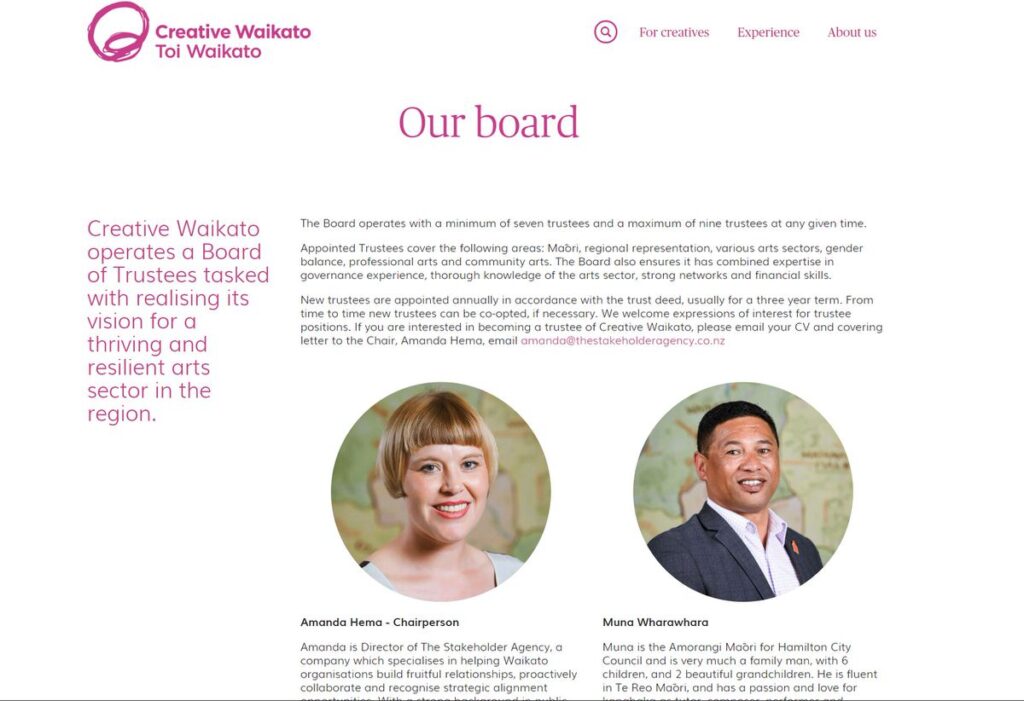

Why it works:
It helps people picture your work in their lives. That emotional connection increases conversions.
Where to use it:
Sales pages, online stores, launch emails, social ads, and book reviews.
Bonus: How to prepare for your photo shoot
If you’ve never had a personal branding shoot before, don’t worry—it’s not about pretending to be someone you’re not. The goal is to show up as yourself, with intention.

Here are a few tips to help you feel prepared:
- Choose outfits that reflect your tone or genre, something you’d actually wear when meeting clients or readers.
- Bring a few writing tools or props: a favourite notebook, your laptop, a coffee mug, even one of your published books.
- Think about where you’ll use your photos, headshots for profiles, wide shots for banners, relaxed ones for social media.
- If you’ve seen photos you like, send reference images or inspiration to me before the shoot; it helps guide the vibe of the session.
My goal is always to make the process relaxed and collaborative, so you feel comfortable in front of the camera.
How to use one photo session across your entire brand
Great news—you don’t need a new shoot for every platform. One well-planned session can give you dozens of assets that you can use over time.
Some common uses include:
- Website: homepage banners, about page, blog posts, contact pages
- Social media: profile pictures, post visuals, story backgrounds, banners
- Marketing: author bio, launch posts, interviews, Amazon author page
- Email newsletters: welcome messages, section headers, footers with a signature photo
- Press kits or speaker bios: especially for authors who attend events or speak
With variety in your images, different poses, settings, and crops, you can keep things looking fresh across all your platforms.
Why DIY isn’t always right
Phone cameras are better than ever and can be great for general day to day shots, but they still can’t replace the strategy and quality of a professional shoot.

Here’s what pro photography adds:
- Instant credibility, visitors decide in seconds whether they trust your site
- Consistent lighting and editing, which makes your brand feel cohesive
- Images sized and framed for how you actually use them, banners, thumbnails, full-screen features
DIY might be fine for a casual post, but when it comes to your core brand assets, the difference shows—and it matters.
Your checklist…
- Understand your brand and audience to some extent, so that we can shoot for it
- Create a list of all the places you need to exist digitally online, and list the core photos you will need
- Go through each page of your website and list the shots you need
- Are there any other places you need shots with special formats eg media kit, advertising etc
- Which shots can you do yourself (eg on going social media), and which shots do you need a pro (bio shot)
What makes it all work?
Strong photography builds trust. It helps writers look professional, prepared, and confident. It’s about showing the same care in your visuals as you do in your words.
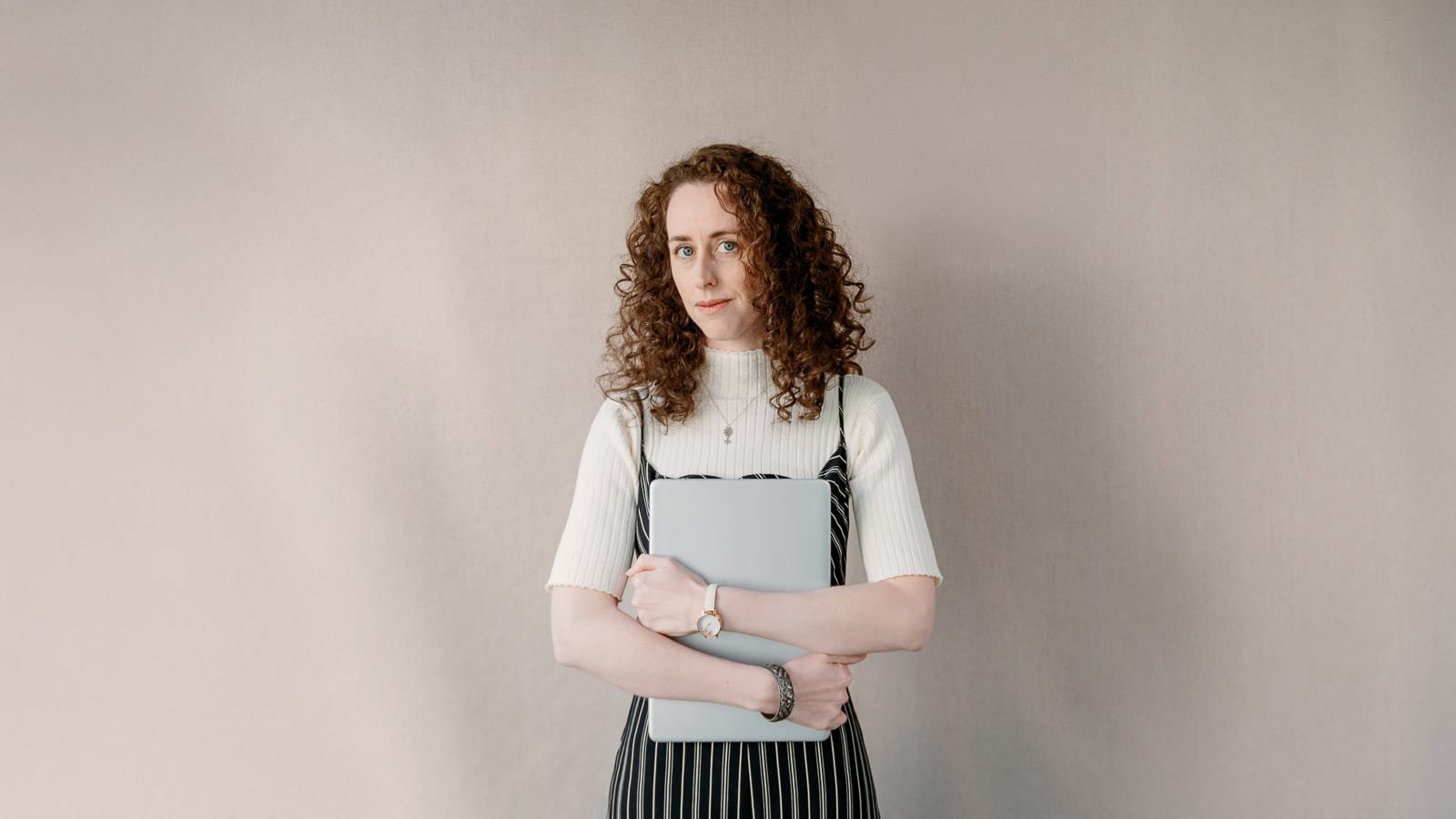
If you’re working on a new website, launching a book, or simply want to show up online with more intention, I’d love to help. My shoots are relaxed, collaborative, and designed to make you look like the professional you already are.

